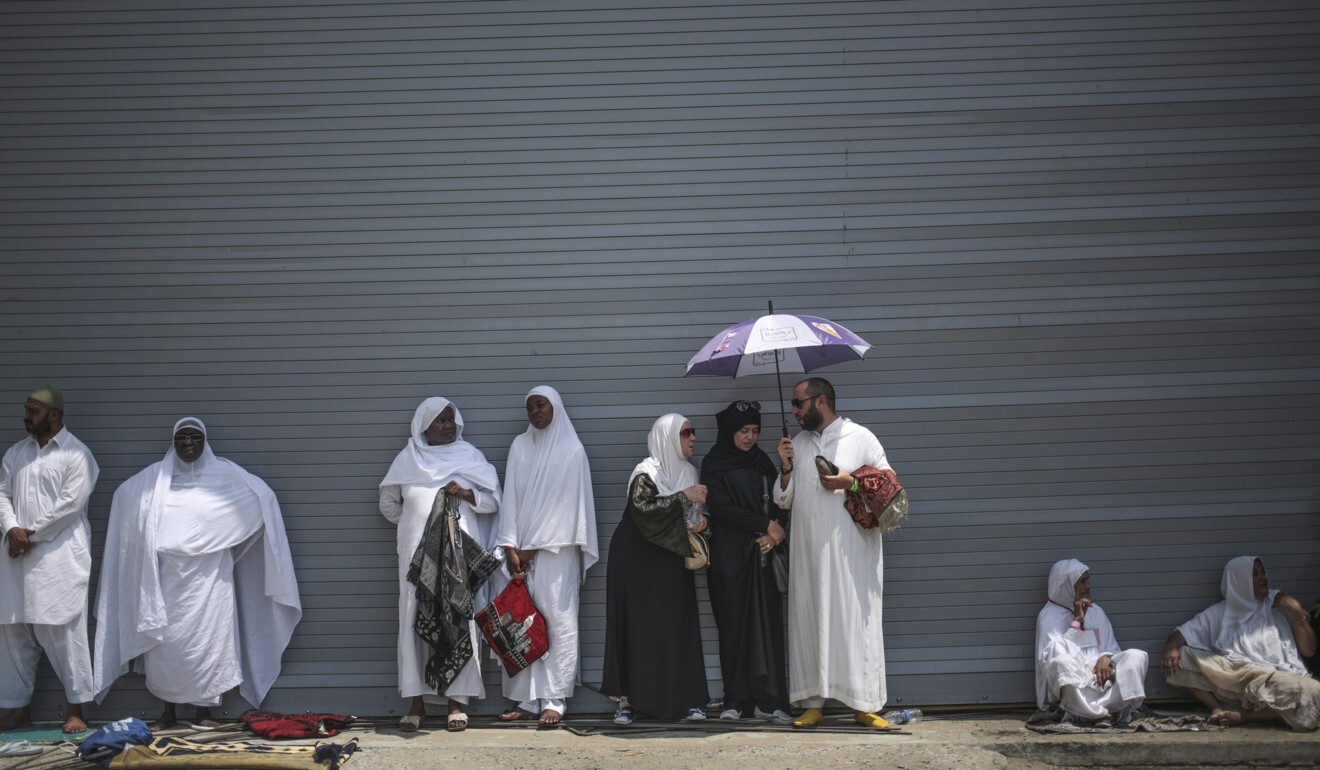
One-third of humans ‘to live in deadly hot areas by 2070’, study finds
- How many people will end up at risk depends on how much heat-trapping carbon dioxide emissions are reduced and how fast world population grows
- But even less severe scenarios project that in 50 years a couple of billion people will be living in places that are too hot without air conditioning

In just 50 years, 2 billion to 3.5 billion people, mostly the poor who can’t afford air conditioning, will be living in a climate that historically has been too hot to handle, a new study said.
With every 1 degree Celsius increase in global average annual temperature from man-made climate change, about a billion or so people will end up in areas too warm day-in, day-out to be habitable without cooling technology, according to ecologist Marten Scheffer of Wageningen University in the Netherlands, co-author of the study.
How many people will end up at risk depends on how much heat-trapping carbon dioxide emissions are reduced and how fast the world population grows.
Under the worst-case scenarios for population growth and for carbon pollution – which many climate scientists say is looking less likely these days – the study in Monday’s journal Proceedings of the National Academy of Sciences predicts about 3.5 billion people, or one-third of the world’s projected 2070 population, will live in extremely hot areas.

But even scenarios considered more likely and less severe project that in 50 years a couple of billion people will be living in places too hot without air conditioning, the study said.
“It’s a huge amount and it’s a short-time. This is why we’re worried,’’ said Cornell University climate scientist Natalie Mahowald, who wasn’t part of the study. She and other outside scientists said the new study makes sense and conveys the urgency of the man-made climate change differently than past research.
In an unusual way to look at climate change, a team of international scientists studied humans like they do bears, birds and bees to find the “climate niche” where people and civilisations flourish. They looked back 6,000 years to come up with a sweet spot of temperatures for humanity: average annual temperatures between 11 to 15 degrees Celsius.
We can – and do – live in warmer and colder places than that, but the farther from the sweet spot, the harder it gets.

The scientists looked at places projected to get uncomfortably and considerably hotter than the sweet spot and calculated at least 2 billion people will be living in those conditions by 2070.
Currently about 20 million people live in places with an annual average temperature greater than 29 degrees Celsius – far beyond the temperature sweet spot. That area is less than 1 per cent of the Earth’s land, and it is mostly near the Sahara Desert and includes Mecca, Saudi Arabia.
But as the world gets more crowded and warmer, the study concluded large swathes of Africa, Asia, South America and Australia are likely to be in this same temperature range. Well over 1 billion people, and up to 3.5 billion people, will be affected depending on the climate altering choices humanity makes over the next half-century, according to lead author Chi Xu of Nanjing University in China.
With enough money, “you can actually live on the moon,” Scheffer said. But these projections are “unlivable for the ordinary, for poor people, for the average world citizen”.
Places like impoverished Nigeria – with a population expected to triple by the end of the century – would be less able to cope, said study co-author Tim Lenton, a climate scientist and director of the Global Systems Institute at the University of Exeter in England.